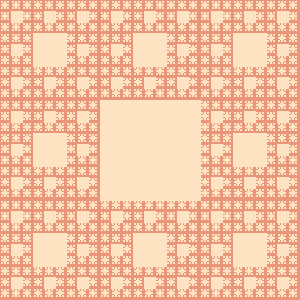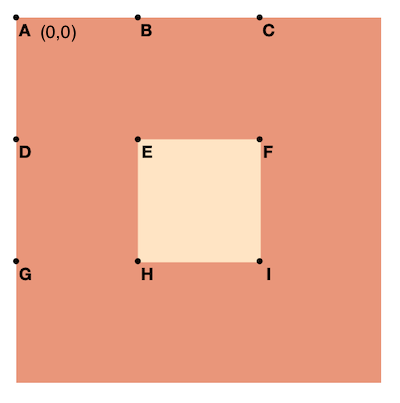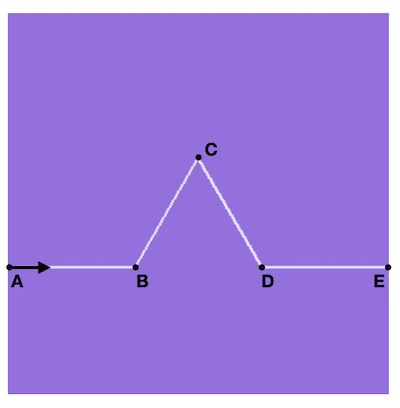Warmup
Part A: Recursion by Hand
Tracing a recursive function by hand can be very helpful for understanding the progression of method calls. Examine the following two recursive functions, and attempt to answer the associated questions by tracing the method calls by hand. This is a great time to get out a piece of paper and a writing implement.
def strange(x):
if x <= 0:
return 1
else:
return 5 * strange(x-1) - 2
- What is the output of
print(strange(3))?
def weird(x):
if x > 0:
print(x)
if x%2 == 0:
weird(x-3)
weird(x-2)
else:
weird(x-1)
What is the output of
weird(8)?Only when you have fully attempted both exercises by hand, you should run the file
weirdlystrange.pyto check your answers.
Reminder
Commit and push your changes: For this exercise, upload a photo/scan of your handwritten responses and note the filename in WARMUP.md.
Part B: Recursion with Strings
There are many different ways to reverse a string. In the file gnirts.py, you’ll find a function called loop_reverse(s) that uses a for loop to reverse the string s. You will also find a function called recursive_reverse(s) that is only partially complete (i.e., only the base case has been written). Work with your partner to write the recursive function call necessary to finish recursive_reverse(s).
Slicing Strings
String slicing will likely help you finish recursive_reverse(s). As a reminder, here are some examples of string slicing.
message = 'hello!'
message[1:] #returns 'ello!'
message[-1] #returns '!'
message[1:-1] #returns 'ello'
Reminder
Commit and push your changes after you complete the function.
Part C: Fractal Images
In this lab, you’ll be drawing fractal patterns, like this Sierpinski Carpet below.

Sierpiski Carpet
This part of the warmup will take you through the some of the math required.
Sierpinski Carpet
Fractals are images that are self-similar. This can be seen in the Sierpinski Carpet by noticing that it contains eight smaller Sierpinski sub-Carpets, arranged around the center square of the image. Just like picture.draw_square(x,y,side), you can imagine identifying a sub-carpet’s location with its top left corner. If the canvas has width and height of size, and the top left corner Point A is at (left_x, top_y), what are the locations of the points B through I below?

Write your answers in WARMUP.md. Knowing these locations will be helpful when you work on Part 3 of the lab.
Koch Snowflake
One of your other fractals will be the Koch Snowflake (shown below).

Koch Snowflake
To draw the Koch Snowflake, you’ll be drawing three copies of the “Koch Curve.”

Koch Curve
Notice that this doesn’t involve any shapes. Instead, we’ll be drawing lines using the the pen from the picture module. Below, you’ll see the simplest non-base-case version of the Koch Curve. Imagine your pen starts at point A, facing right. If the straight-line distance from A to E is length, each of the four line segments has length length/3. What angles will you need to rotate at points B, C, and D to draw the curve?

Again, record your answers in WARMUP.md. Knowing these angles will be helpful when you work on Part 3 of the lab.
Reminder
Please commit and push your changes before moving on to the rest of the lab.